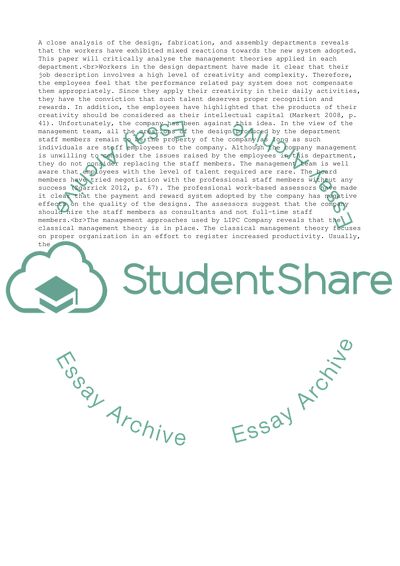Cite this document
(“Understanding Management Essay Example | Topics and Well Written Essays - 1500 words - 1”, n.d.)
Understanding Management Essay Example | Topics and Well Written Essays - 1500 words - 1. Retrieved from https://studentshare.org/management/1680776-understanding-management
Understanding Management Essay Example | Topics and Well Written Essays - 1500 words - 1. Retrieved from https://studentshare.org/management/1680776-understanding-management
(Understanding Management Essay Example | Topics and Well Written Essays - 1500 Words - 1)
Understanding Management Essay Example | Topics and Well Written Essays - 1500 Words - 1. https://studentshare.org/management/1680776-understanding-management.
Understanding Management Essay Example | Topics and Well Written Essays - 1500 Words - 1. https://studentshare.org/management/1680776-understanding-management.
“Understanding Management Essay Example | Topics and Well Written Essays - 1500 Words - 1”, n.d. https://studentshare.org/management/1680776-understanding-management.


